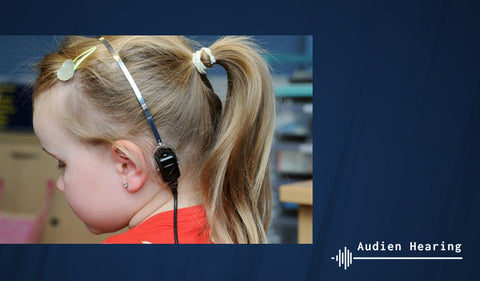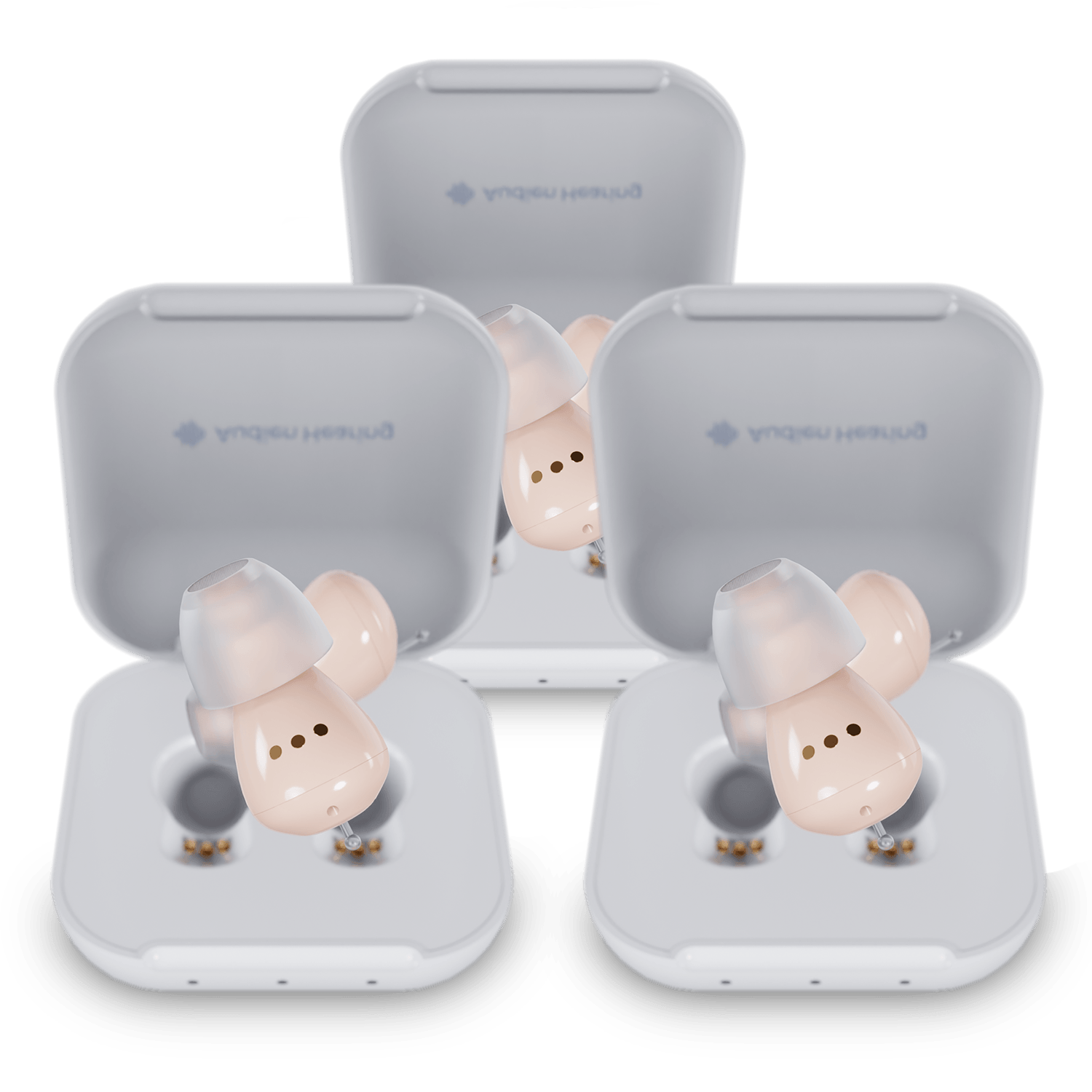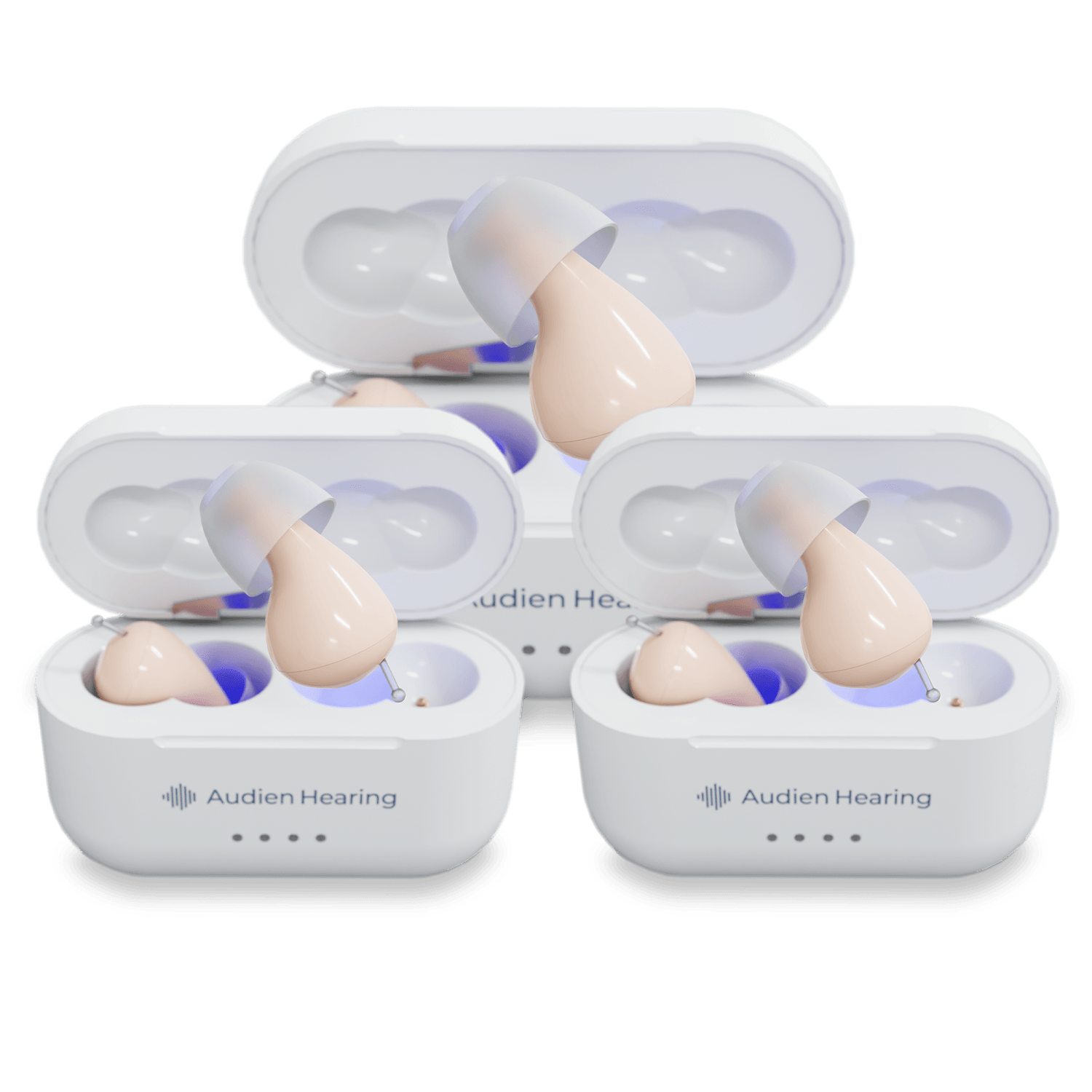Approximately 48 million Americans a year have disabling hearing loss but 15 million of them avoid seeking any help. That being said, it is necessary to get your hearing checked in order to improve your hearing loss and ultimately your overall quality of life. To do so, we recommend seeing a hearing care professional such as an audiologist. The professional will examine your ears and likely order you a series of hearing tests.
Bone conduction testing is a simple and painless hearing test. However, we understand that the phrase ‘hearing test’ can be intimidating if you’re not quite sure what to expect. So, in this article, we dive deeper into what exactly bone conduction testing is and how it works.
What is Bone Conduction Testing?

Bone Conduction Testing is actually very similar to pure tone testing in the way that ‘pure’ tones are played for you to respond to after hearing each tone. The difference lies behind how the tones are delivered. In bone conduction testing, the tones are not sent directly to the ear through headphones, rather they will go to behind your ear or forehead and cause gentle vibrations in your skull. Hearing care professionals will often use bone conduction testing when something such as wax or fluid is blocking your outer or middle ear.
How Does Bone Conduction Testing Work?

During a bone conduction test, you will be placed in a quiet room such as a sound booth. A headband will be placed on your head and a small square-like device will be placed behind your ear or on your forehead. The device is called an oscillator and it is used to send pure tones to the inner ear to determine if there is a problem with any part of the outer ear. You will be instructed to signal when you hear a sound, the signal could be raising your hand, pressing a button, or saying ‘yes’; the specific directions will be given to you before the test. You will be tested in each ear, as one ear could have worse hearing loss than the other.
What Will the Results from a Bone Conduction Test Tell Me?

The results from a bone conduction test will help your doctor pinpoint if the root of your hearing loss is in your inner, middle, or outer ear. For example, if there is an issue with the middle ear, it is likely you have an ear infection. Whereas, a problem with the inner ear could be due to aging, noise exposure, or a different cause. A bone conduction test alone may not be able to fully determine the solution to your hearing loss. It is likely you will be given multiple hearing tests that will be cross examined for your hearing care professional to determine the degree, type, and underlying cause of your hearing loss and thus provide a foundation for a diagnosis and treatment plan.
Conclusion

Bone conduction testing is one of the most commonly ordered hearing tests because it is so efficient and simple. It is noninvasive and usually completed very quickly. After the test, your hearing care professional will use your results to diagnose and treat your hearing loss.
After completing the bone conduction test and any other tests ordered for you, you are one step closer to hearing better and living a happier and easier life! If your hearing loss is mild to severe, your doctor might recommend hearing aids; in which case be sure to check out the affordable and reliable products here at Audien Hearing!
Thank you for reading this article,
Kathleen Williams
Senior Editor, Audien Hearing













